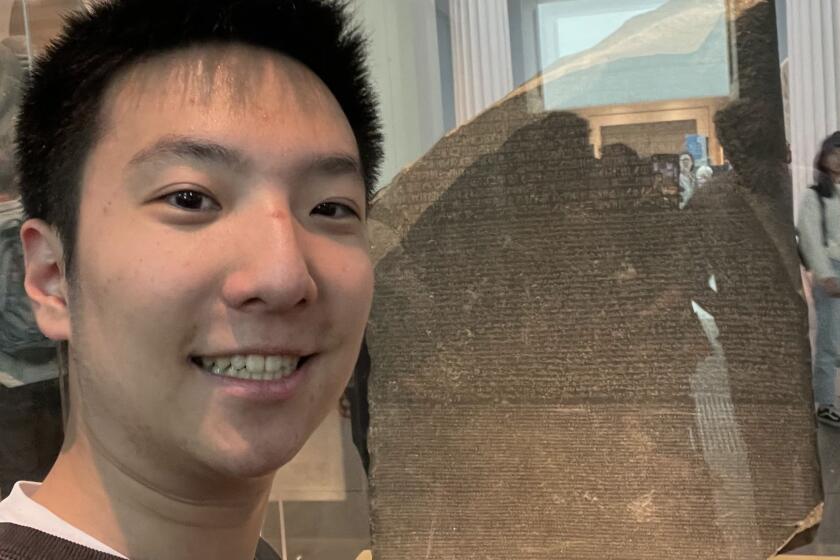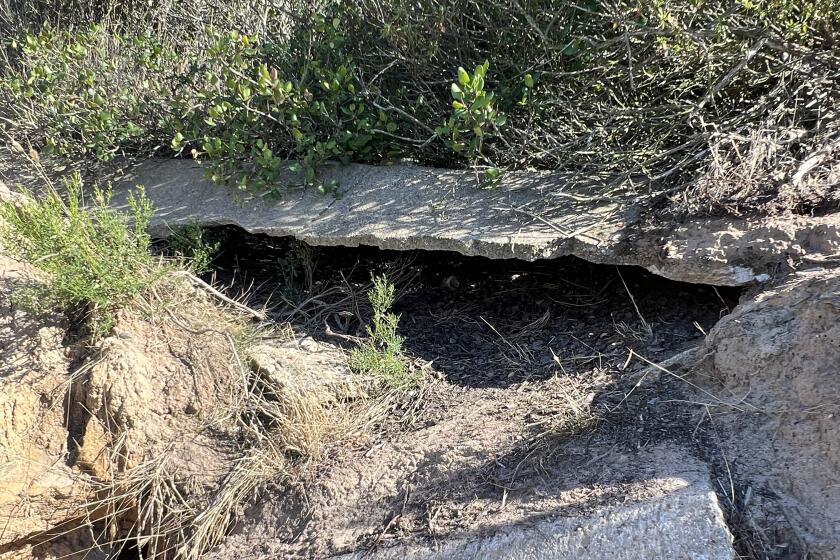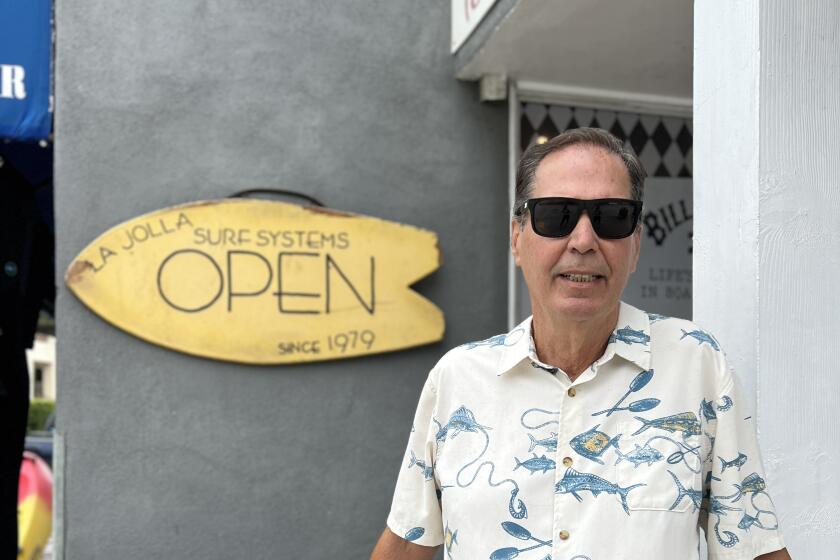Independence inquiry: New analysis seeks to answer many questions about possible La Jolla cityhood

As a local group continues its exploration of La Jolla becoming a city independent of San Diego, the answers to many questions will signal the potential viability of such a move.
Trace Wilson, president of the Association for the City of La Jolla, has said incorporation would have the benefits of self-government for La Jollans and would help San Diego as well, since the larger city would no longer have to spend money on infrastructure in La Jolla and likely would receive money from the new city in leases for some services.
The Association for the City of La Jolla is exploring the community becoming independent of San Diego, reviving previous efforts by other groups.
La Jolla becoming a city requires several steps:
- A formal proposal submitted to the San Diego Local Agency Formation Commission, which helps communities become incorporated
- A petition supporting incorporation signed by at least 25 percent of local registered voters
- LAFCO approval of the initiative
- Public voting showing that both a majority of La Jollans and the rest of San Diego approve of La Jolla’s secession
Preliminary fiscal impact analysis
As a prelude to the first step, a “preliminary fiscal impact analysis” is being conducted to help the cityhood association understand “the viability of becoming [a] city,” Wilson said.
The preliminary analysis is not required by law but is a condition of the association’s application to LAFCO.
In 2005, another, now-defunct group commissioned a preliminary fiscal impact analysis done by Richard Berkson, who then worked for Economic & Planning Systems.
That study indicated La Jolla’s independence “is viable, or it was back then,” Wilson said.
To update the numbers, the association hired Berkson, now with his own urban economics company, Berkson Associates, to complete a new analysis.
Berkson began in September and hopes to finish by midsummer.
Wilson said the association has paid some of the $60,000 cost with donations and is seeking more.
The purpose of the preliminary analysis, Berkson said, is to “determine whether a new city can be financially feasible and, if so, under what conditions.”
The study also will estimate the potential impact of La Jolla’s independence on the city of San Diego, which is done by comparing revenue that would shift to La Jolla with the reduction in costs of providing services such as police and fire.
Berkson has asked San Diego officials questions about the services each major city department provides to La Jolla and how much they cost.
The city has been “helpful and cooperative” in finding those answers, Berkson said.
A representative of San Diego Mayor Todd Gloria’s office declined to comment about the process or San Diego’s considerations in it.
The feasibility study focuses on the general fund and operating costs, but as San Diego is so large and “has a fairly complex budget fund arrangement, there’s a lot more to the services than just what is in the general fund,” Berkson said.
Berkson’s report also will look into any planned capital improvements that likely would be transferred to a new city of La Jolla, along with the potential for La Jolla to contract with San Diego for various ongoing services.
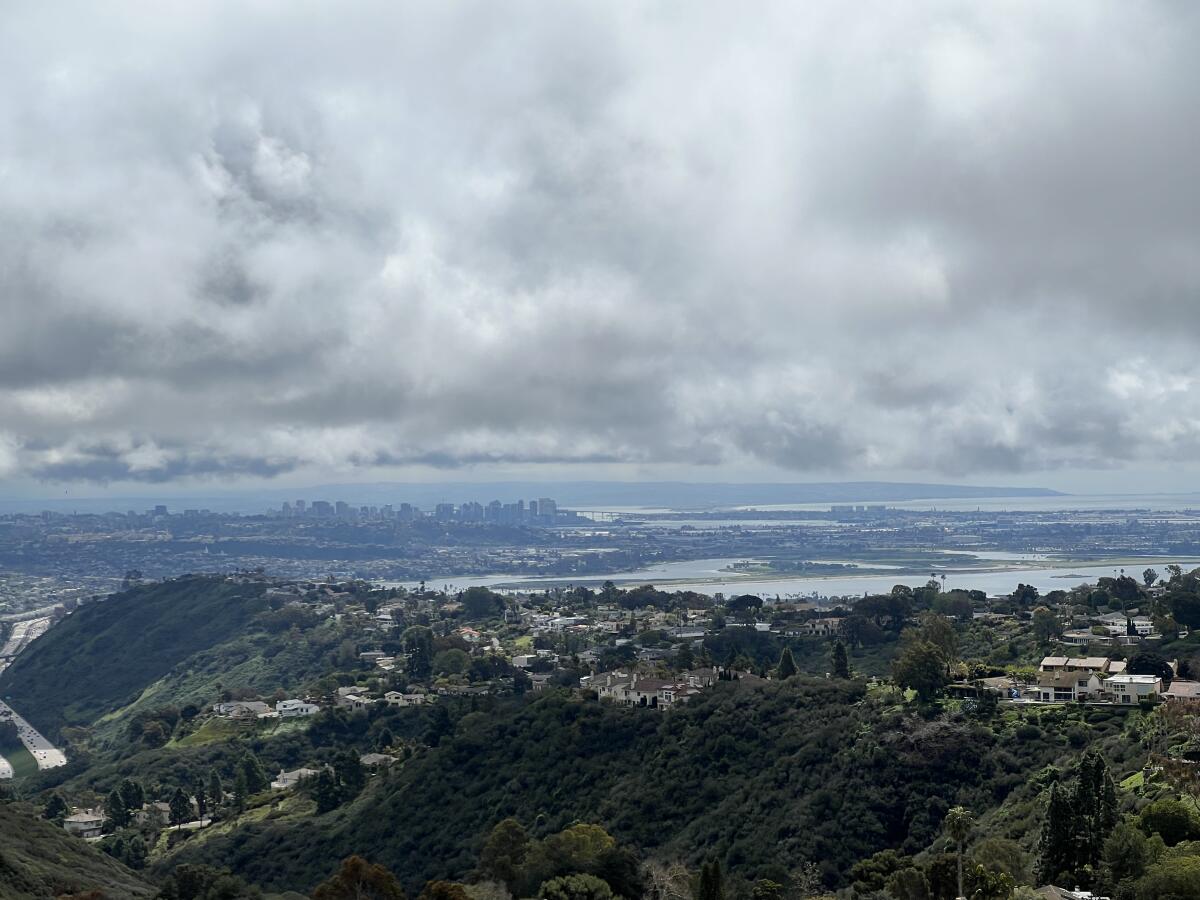
“There may be other factors that we just simply can’t estimate with precision at this point, but nonetheless, we want to at least try to identify those conditions and unknowns,” Berkson said.
“One of the challenges of doing this is the city ... doesn’t track a lot of its services and expenditures geographically,” he said. He estimates those costs by looking at other cities to cross-check the services for a potential city of La Jolla and how they might differ from what La Jolla currently receives from San Diego.
If the net financial impact of La Jolla cityhood is estimated as a loss for San Diego, the cities may negotiate for La Jolla to pay San Diego to mitigate the loss.
The 2005 study indicated La Jolla would owe $4.6 million in annual mitigation payments to San Diego for three years. But Berkson emphasized “there is no specified time frame for revenue neutrality, and there doesn’t have to be revenue neutrality. That’s subject to negotiation.”
Once San Diego has provided Berkson with the information requested, he will allow the city to review sections of the report “to make sure I’ve interpreted what they’ve given me properly,” he said.
The analysis then will go up for public review before the Association for the City of La Jolla decides whether to move forward with a fundraising campaign and an application to LAFCO, perhaps as early as the fall, Berkson said.
Berkson’s analysis will not offer any recommendations about La Jolla’s independence.
“I provide the information,” he said. “It’s up to me to summarize the information and also to identify any potential additional analysis that might be helpful or appropriate.”
LAFCO weighs in
If the cityhood association moves forward with an application for LAFCO approval, LAFCO would undertake a comprehensive fiscal analysis. The application likely would cost cityhood proponents “hundreds of thousands of dollars,” Berkson said.
The LAFCO analysis would seek to determine whether the proposal for La Jolla’s independence is based on accurate information and reasonable assumptions, according to LAFCO Executive Officer Keene Simonds.
LAFCO also would assess whether the proposal adequately covers all municipal services, along with whether the plan is economically and socially fair to both La Jolla and San Diego. Social considerations include shopping, recreation and employment, Simonds said.
“Would a new city boundary sync or divide an existing social currency?” he said. “What is the relationship [of] public services (parks, zoning, transportation) in supporting social currency?”
Beyond that, LAFCO wants to know how the proposal “and its potential merits change based on applying one or more alternative boundaries,” Simonds said.
A preliminary map drawn by the association defines La Jolla’s proposed borders as between Del Mar in the north and Pacific Beach in the south and between Interstate 5 in the east and the Pacific Ocean in the west. La Jolla still would include Scripps Memorial Hospital east of I-5, but UC San Diego would be excluded.
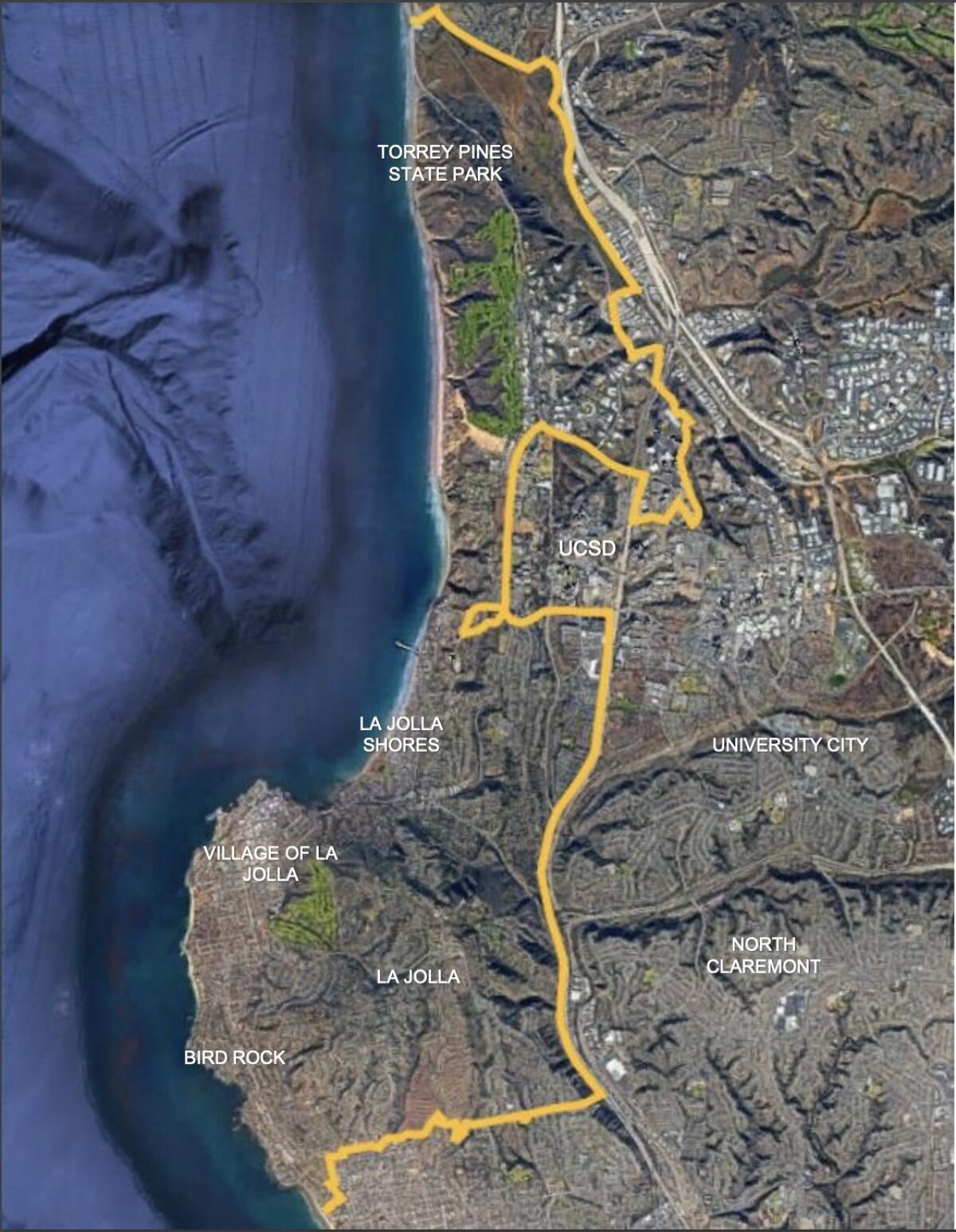
The map could be edited throughout the incorporation process.
“Does an alternative boundary provide a better sync-up with other governmental boundaries [such as school and special districts]?” Simonds said.
LAFCO also will ask what is “reasonable” to reconcile any identified economic or social imbalances, he said.
Ideally, Berkson said, LAFCO would act on the La Jolla application next year.
Potential cityhood timeline
Assuming a smooth process through the steps, Simonds said a city of La Jolla could be official by July 2025.
Delays to that are possible, Berkson said, including the potential for litigation.
“The process needs to move forward expeditiously,” he said, “or … data can [get] stale.”
Another caveat: No community in California has successfully seceded from a city at least since LAFCOs were created in 1963, according to Gary Thompson, executive officer for Riverside LAFCO.
Perhaps the biggest reason for that, Simonds said, is that communities that are already part of a city must win majority approval from the rest of the city’s voters, whereas an unincorporated community that wants to incorporate doesn’t have to win approval from voters in the rest of its county.
The most recent unincorporated community to become a city in California was Jurupa Valley in Riverside County in 2011, according to the California Association of Local Agency Formation Commissions.
If the goal of La Jolla’s independence is achieved, a state law provides that the new city may request that San Diego continue to provide services for the rest of the initial fiscal year and that repayment can be negotiated, Berkson said.
“You can’t make the transition to a new city on day one,” he said.
The La Jolla Light will begin delving into the potential local and regional impacts of a city of La Jolla in a forthcoming series. What questions do you have? Email them to efrausto@lajollalight.com. ◆
Updates
10:56 a.m. March 21, 2023: This article was updated with additional information.
Get the La Jolla Light weekly in your inbox
News, features and sports about La Jolla, every Thursday for free
You may occasionally receive promotional content from the La Jolla Light.



